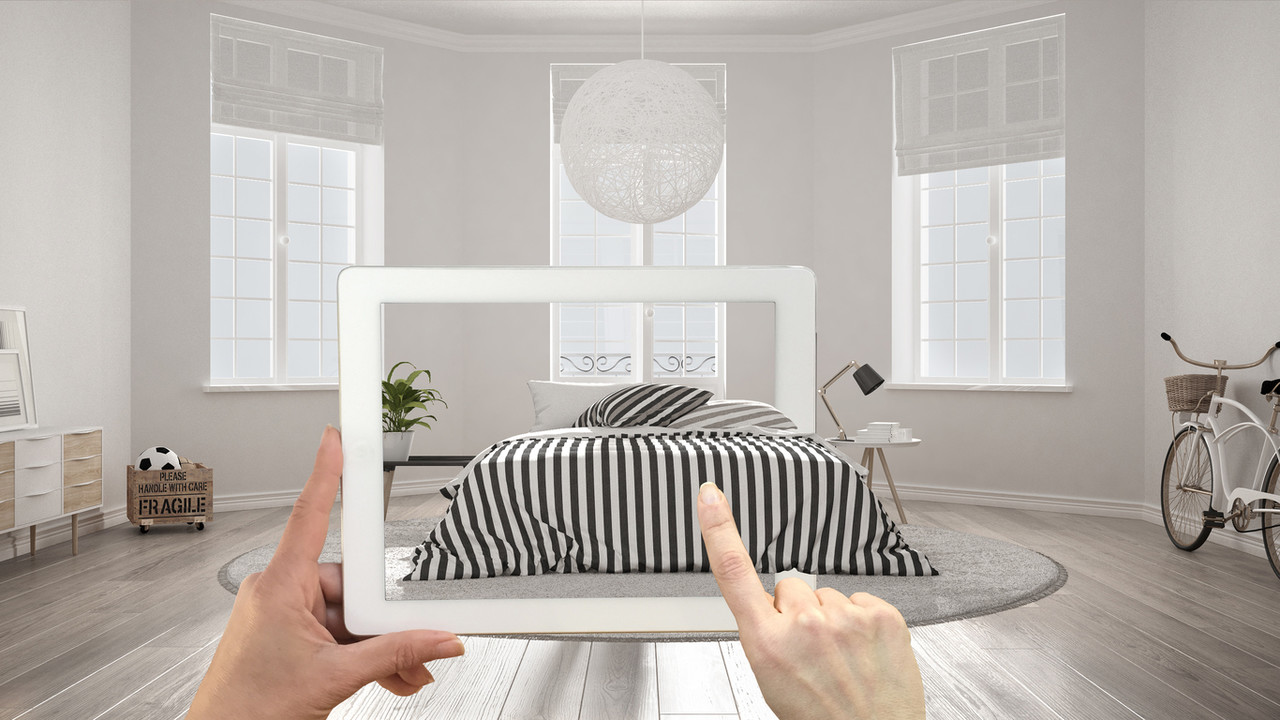Shopping for furniture has always been about more than just finding a sofa that fits or a table that matches. It’s about how you imagine your space, how you want to feel in it, and how pieces come together to tell a personal story. And now, with the world of retail shifting, the way we shop for furniture is changing too.
From augmented reality tools to hybrid showrooms and more immersive experiences, the furniture store of the future is already beginning to take shape. And it’s designed around one thing: you.
So what does that future look like? Here’s where the industry is headed—and how it’s changing the way we furnish our lives.
1. Shopping Begins Before the Store
Thanks to technology, the furniture shopping journey now starts long before a customer walks through a store’s front door.
Today’s consumers:
- Research styles, sizes, and materials online
- Explore 360-degree product views and in-home visualization tools
- Read detailed product breakdowns and compare options virtually
Many furniture stores now offer online catalogs that go beyond simple listings. Virtual room planners, 3D renders, and mobile-friendly AR previews are helping people visualize pieces in their actual space before ever setting foot in a showroom.
Stores like What’s New Furniture have adapted by offering digital previews and space planning consultations to make the shopping process more efficient and less uncertain—whether in person or online.
2. In-Store Experience Is Becoming More Immersive
Showrooms are transforming from product displays into curated lifestyle environments. The goal is no longer just to show what’s for sale—it’s to inspire visitors to imagine themselves living in those spaces.
In the modern furniture store, you’ll find:
- Fully styled vignettes that reflect real-world layouts
- Decor and lighting that reflect current seasons or themes
- Music, scent, and ambiance that match the design mood
This shift turns the store into more than a place to browse—it becomes a place to feel. That emotional connection is what drives confident purchases. It’s also why many retailers are investing in highly curated environments that change with trends, colors, and customer feedback.
3. Tech Meets Touch: Hybrid Shopping Is the New Norm
Customers want convenience without losing the value of physical interaction. As a result, hybrid shopping is quickly becoming standard.
Here’s how it works:
- Customers explore products online and reserve them for in-store trials
- Showrooms sync with personal shopping apps to track what you’ve seen
- Store visits become personalized based on your browsing behavior
Virtual appointments, real-time inventory checks, and one-click swatch ordering are just a few tools bridging the digital and physical worlds. It’s not just about being modern—it’s about making the experience seamless.
And for furniture, where texture, comfort, and scale still matter most, the ability to combine screen and showroom creates a smarter path to purchase.
4. Sustainability and Transparency Are in the Spotlight
Today’s shoppers care not just about how furniture looks—but how it’s made. There’s growing interest in:
- Sustainable materials and manufacturing processes
- Local or small-batch production
- Ethical labor practices
- Pieces designed for longevity and repair, not disposal
Furniture stores are responding by displaying sustainability credentials more clearly, offering reclaimed and eco-certified options, and investing in education—so customers understand the origin and future of what they buy.
What’s New Furniture has increasingly curated collections that prioritize sustainable sourcing, timeless construction, and materials that wear beautifully—part of a broader movement toward conscious consumerism.
5. Personalization Will Continue to Rise
As expectations grow, so does the demand for furniture that fits not just the room—but the lifestyle.
That means:
- More customizable upholstery, finishes, and dimensions
- Made-to-order production models
- Configurable pieces (like modular sectionals, adjustable-height tables, and adaptable storage)
What once required hiring a designer is now becoming accessible in-store, with digital kiosks, swatch walls, and augmented tools helping shoppers build their ideal combinations on the spot.
Retailers are learning that giving customers control doesn’t complicate the process—it empowers them. And personalized doesn’t have to mean premium. With streamlined production and smart design systems, customized furniture is more available than ever.
6. Experience Will Matter as Much as Inventory
In the future, it won’t be enough for a furniture store to simply carry great pieces. People will gravitate toward experiences.
That might include:
- In-store workshops on design trends
- Rotating pop-ups with local makers and artists
- Events that celebrate seasonal refreshes or new collections
- Spaces that feel more like a home or gallery than a warehouse
Retail is becoming relationship-driven again. And stores that create moments of inspiration—whether through sensory design, community events, or personal service—will be the ones people return to again and again.
Final Thought: Furniture Shopping, Reimagined
The future of furniture shopping blends the best of both worlds—digital innovation and physical connection. It’s faster and more informed, but still rooted in human interaction and tactile discovery.
And at the heart of it all is the shopper. Your comfort, your taste, your space.
As furniture stores evolve, from What’s New Furniture to the next generation of design-first retailers, the focus isn’t just on what we buy—it’s on how we live. Because in the end, the future of furniture isn’t just smart. It’s personal.

















